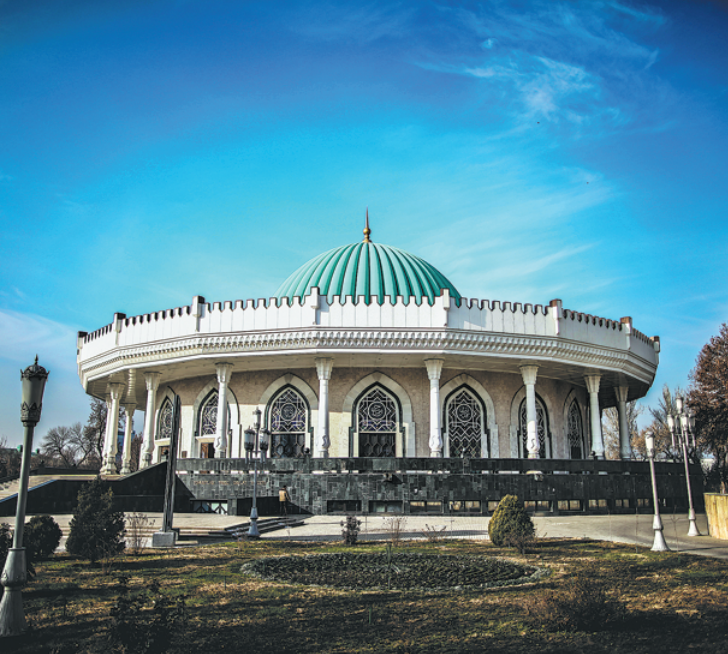A Silk Road pearl shines
By Ren Qi in Tashkent, Uzbekistan | China Daily | Updated: 2020-10-06 12:33

Late Paleolithic Era
Samarkand is another city of wonder. Located in southeastern Uzbekistan, it's one of the oldest continuously inhabited cities in Central Asia. And there is evidence of human activity in the area from the late Paleolithic Era.
Some theories suggest the city was founded between the eighth and seventh centuries BC.
Prospering from its location on the Silk Road between China and the Mediterranean, Samarkand remained one of Central Asia's largest cities.
Modern Samarkand is divided into two parts-the old city and the new city, which was built during the days of the Russian Empire and Soviet Union.
The old city includes historical monuments, shops and old private houses.
Its counterpart includes administrative buildings, cultural centers and educational institutions.
For most inbound travelers, the most awe-inspiring and must-see sight in Central Asia is Samarkand's Registan-a central square flanked by the most ornately tiled, mosaic-clad medressas (historical Islamic schools) that glitter at dawn and dusk in shades of the Silk Road-azure, lapis lazuli, indigo and gold.
The larger-than-life architectural gems were built during the Timurid Dynasty. Before that, this area served as a medieval bazaar that was, quite literally, a crossroads at the center of the world.
Legend has it that, when Genghis Khan's troops rampaged across Central Asia during his exploits toward Europe, the towering minaret that keeps watch over the Kalon Mosque complex in Bukhara was the only structure he didn't destroy.
The moving mosque and medressa complex in the ancient Silk Road city is one of the world's most-spectacular examples of Islamic art and architecture, with fine tiling and mosaics, and two facades facing each other accompanied by the spectacular earthen minaret.
All of Uzbekistan's cities have incredible bazaars, but none transport you to the old Silk Road quite like those in Bukhara. A network of interlinked domed market spaces still dominates Bukhara's old town. The most evocative are the Taki-Sarrafon (Money changers Bazaar), the Taki-Telpak Furushon (Capmakers Bazaar) and the Taki-Zargaron (Jewelers Bazaar).
One of Uzbekistan's oldest structures is the fifth-century, walled fortress town right in the center of Bukhara.
It was the residence of the emirs of Bukhara when it was an emirate state (from 1785–1920), and walking through the archway today offers glimpses into the ancient lives of people who made their homes along the ancient Silk Road during its earliest times of trade.
You can start your Silk Road journey by arriving at Islam Karimov Tashkent International Airport, which is Central Asia's third-busiest.
To travel between the cities, you can try the high-speed train, which connects Tashkent, Sirdaryo, Jizzakh and Samarkand.
Or you can take Uzbekistan Airlines if you want to visit some border cities, such as Bukhara or Khiva.
























